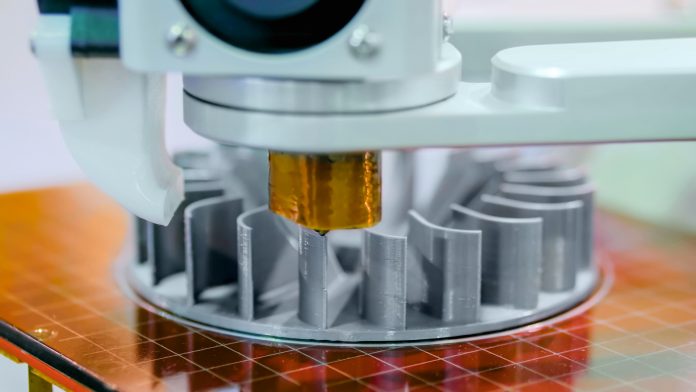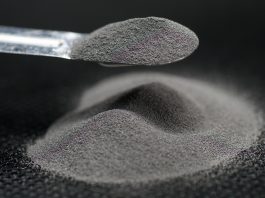Scientists from Graz University of Technology have created a new method of melting metal powder for 3D metal printers, using a high-power LED light source.
A team of researchers from the Institute of Production Engineering at Graz University of Technology, Austria, have developed a targeted method of melting metal powder, using a high-power light-emitting diode (LED) light source.
This new discovery, led by Franz Haas, solves two central problems of powder-based manufacturing processes, by reducing the time spent on production and post-processing tasks.
Improving upon SLM and EBM
This new method, named selective LED-based melting (SLEDM), is similar to selective laser melting (SLM) and electron beam melting (EBM). These methods melt metal powder with a laser or an electron beam.
Specialist LEDs
The SLEDM process uses a high-power LED beam to melt metal powder. The LEDs that were used for this experiment were specially adapted by the lighting specialist Preworks. The LEDs were equipped with a complex lens system by which the diameter of the LED focus can be easily changed between 0.05mm and 20mm during the melting process.
This new method enables the melting of larger volumes per unit of time without having to dispense with filigree internal structures, thus reducing the production time of components for fuel cell or medical technology, for example, by a factor of 20 on average.
Reducing production/post-processing time
Combined with a newly designed production plant, this technology can add the component from top to bottom. This allows for the component to be fully exposed, reducing the amount of powder used. This also enables manufacturers to conduct post-processing tasks.
“The time-consuming, usually manual reworking that is necessary with current methods, for example, smoothing rough surfaces and removing supporting structures, is no longer necessary and saves further valuable time,” says Haas.
Further applications of SLEDM
A demonstrator of the SLEDM process is currently being considered in the K-Project CAMed of the Medical University of Graz, where the first laboratory for medical 3D printing was opened in October 2019.
The process will be used to produce bioresorbable metal implants. These implants dissolve in the body after the fracture site has grown together. A second operation, which is often very stressful for people, is therefore no longer necessary. Thanks to SLEDM, the production of such implants would be possible directly in the operating theatre, because “an LED light is naturally less dangerous for the operation than a powerful laser source,” says Haas.
“We want to make additive manufacturing using SLEDM economically viable for e-mobility and position SLEDM in this field of research at an early stage,” says Haas.









